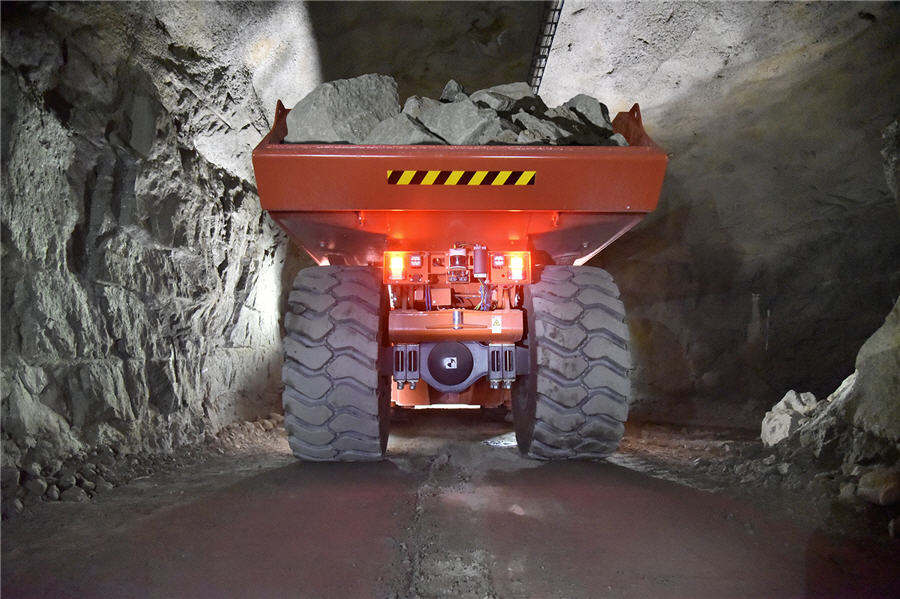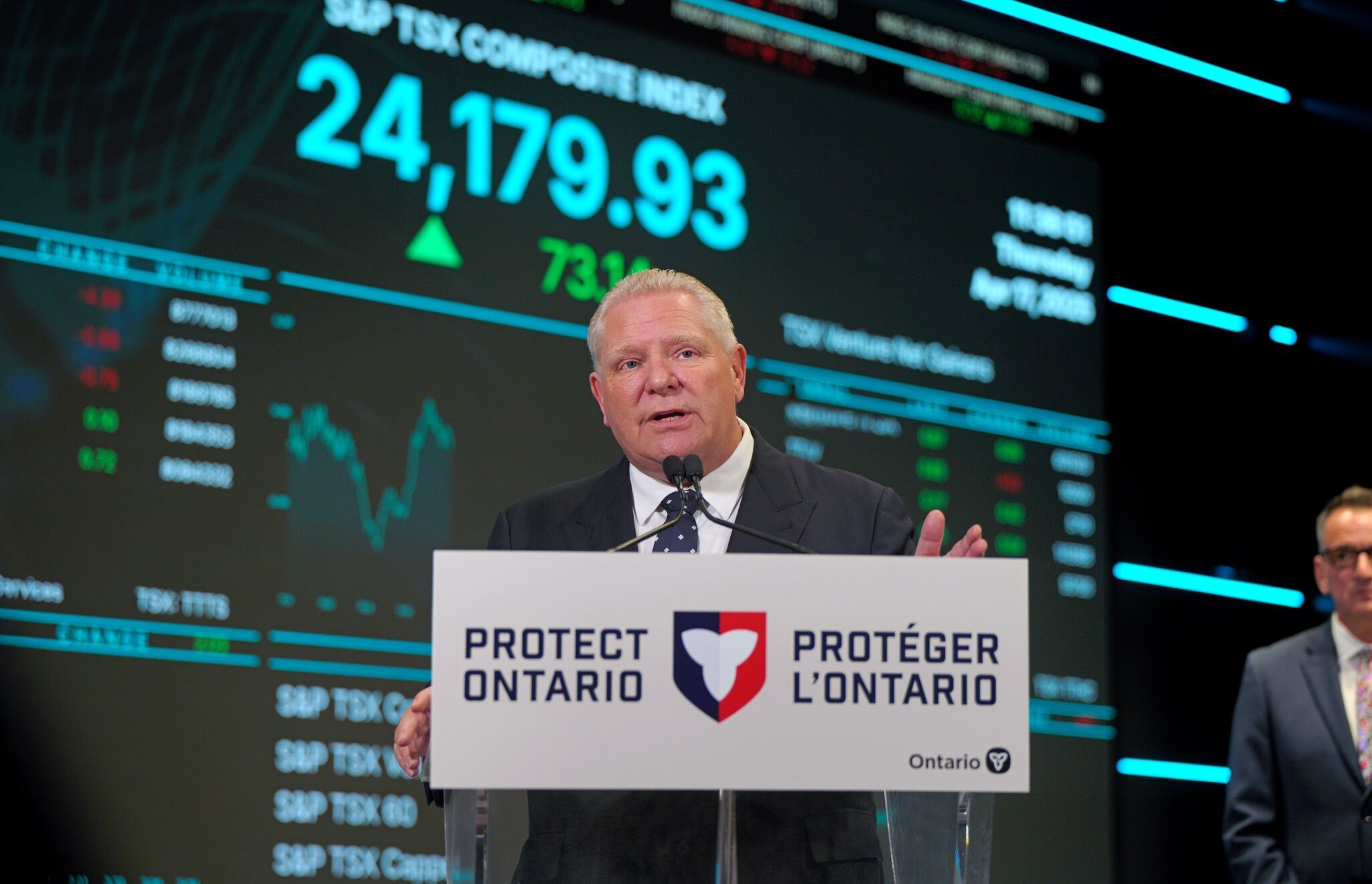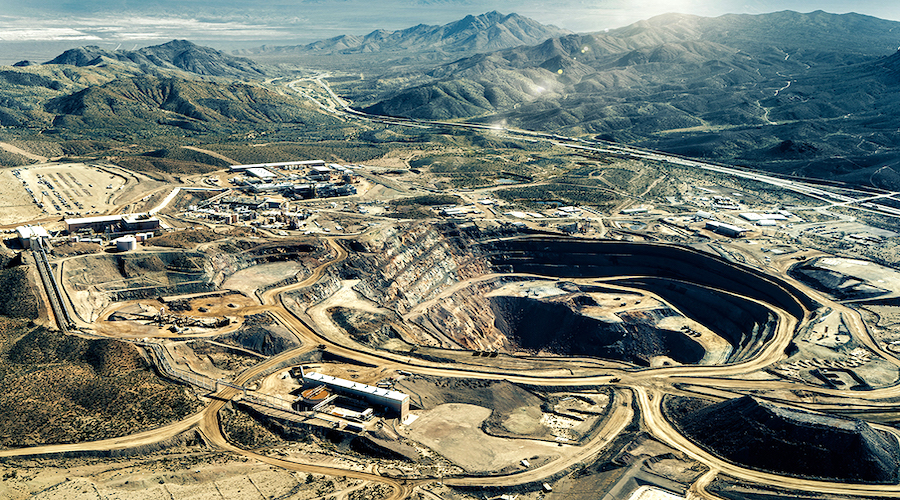2022 – a year of rebalancing for metals and mining

Singapore, 24 January 2021 – If 2021 was the year of rebound for metals and mining (M&M) commodities, then 2022 is shaping as the year of rebalance, says Wood Mackenzie, a Verisk business (Nasdaq:VRSK).
Wood Mackenzie vice chair Julian Kettle said: “The most likely outcome is an environment where commodity prices can settle from the extraordinary highs of 2021. But there are plenty of risks to this outlook. The pandemic’s tendrils continue to ensnare markets for all mined commodities.”
Much of the evidence points to a year of lower demand growth. Government stimulus could wane, while fiscal and monetary policy will tighten. 2022 should be a year when supply chains refill and start to better meet the needs of consumers.
But there is plenty of uncertainty. With lockdowns out of favour in most places, the demand risks from new variants may be usurped by supply and logistics impacts, as workers isolate or refuse to vaccinate. Stimulus could be prolonged too, as governments, and central banks, fret more about the impact on growth than the looming inflation risk. China’s economy-versus-emissions dilemma will be critical to M&M markets.
Supply: Investment muted despite supply constraints and earnings boom
Mine supply shortages and logistics constraints will remain a feature across M&M markets in 2022. The European and Chinese energy crises are unsolved, directly affecting coal prices, and keeping input costs higher across all products, particularly the energy-hungry base metals. Logistics bottlenecks, container and chip shortages, plus some unhelpful trade policies, will also keep regional price differentials and product premia skewed.
Vice president Robin Griffin said: “Supply will improve, but we do not expect a meaningful investment spike this year, despite the reinvigorated balance sheets of M&M companies. An obvious question is where will the record earnings of 2021 be directed?
“We know that the diversification trend from fossil fuels to future facing commodities will continue, but there has been a dearth of capital allocated to organic growth from diversified miners.”
Decarbonisation: Increased scrutiny to drive surge in low cost abatement
With COP26 fresh in the memory, and COP27 already looming, miners can expect mounting pressure to meaningfully align with a 1.5-degree warming scenario. Calls for comprehensive net zero plans, and more sophisticated disclosure, will increase this year as investors seek to rank assets on ESG metrics.
Kettle said: “Miners and consumers will understandably focus on decarbonisation options that make the most economic sense. So, expect a plethora of new renewable PPAs and captive solar and storage plans this year at production sites. Mine haulage will get plenty of attention too with Komatsu’s 930E hydrogen fuel-cell haul truck trial at Anglo’s Mogalakwena platinum mine worth watching. But also look for more traction on battery, gas, bio- and green-diesel haulage options.”
Urban mining – recycling and scrap use – will be front of mind for consumers, both as a low cost decarbonisation option in ferrous markets and a potential solution to looming supply deficits elsewhere. Expect plenty of noise from the nascent battery recycling sector.
Costs: Inflation to hasten margin decline
Cost inflation was a global phenomenon in 2021, and for the second year in a row will continue to affect most miners and smelter-refiners. Wood Mackenzie’s 2022 mine estimates include modest cost rises in 2022 but the risk is to the upside. Labour, fuel and electricity costs remain elevated as supply struggles.
Mine labour costs, in particular, could gather momentum due to a combination of lockdowns, sickness and worker movement restrictions that are exacerbated by vaccine mandates. Attracting and retaining skilled mine labour is difficult, particularly in coal markets, and especially where competition from miners of battery raw materials or base metals is high.
The cost increases, combined with revenue falls, will accelerate the decline of margins in 2022. Average annual margins will stay close to 2021 highs, but by year end the current record profits will have fallen to below pre-pandemic levels for most commodities.
China: Both underpinning and undermining commodity markets
China, as ever, will dominate market outcomes across M&M commodities. Decisions around geopolitics, pollution control and energy consumption will be of particular importance.
Griffin said: “We see little chance of an end to current bans on Australian coal imports this year, and major improvements in global bilateral relations are probably too much to ask. Prices for energy commodities in China will remain higher-than-necessary, with implications for energy prices that in turn affect producers and consumers of M&M products.”
China’s approach to decarbonisation and pollution targets will drive uncertainty and volatility. Summary closures of energy intensive industries in order to meet emissions targets have been the modus operandi under China’s ‘dual-control’ regime. While the 2021 closures were bad for steel raw materials and alloys demand, complementary pollution controls saw mined output more than offset demand losses.
Meanwhile, base metals markets saw power-hungry smelter production plummet overnight, creating global supply shortages. Expect more interventions in 2022, although with broadened carve-outs to limit the kind of wild price swings seen last year.
More News
Ukraine-US sign memorandum on minerals deal
April 17, 2025 | 03:05 pm
Ontario promises to cut red tape for critical mining projects
April 17, 2025 | 01:48 pm
MP Materials halts exports to China
The move follows Chinese restrictions announced earlier this month.
April 17, 2025 | 01:32 pm
{{ commodity.name }}
{{ post.title }}
{{ post.date }}




Comments